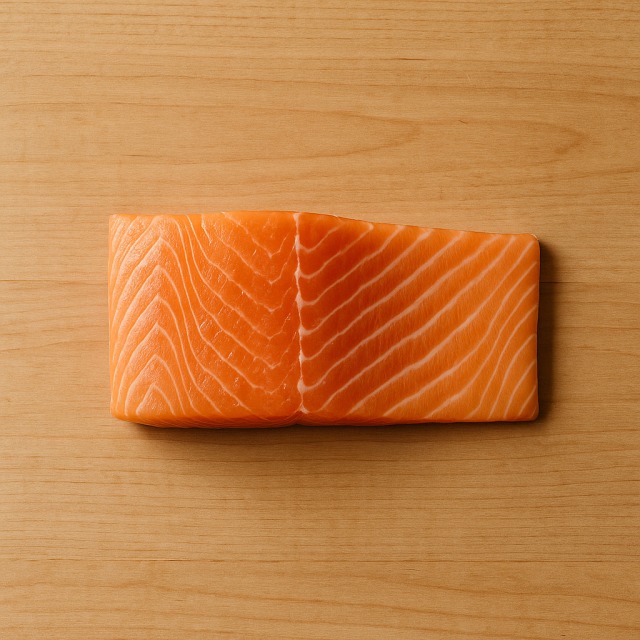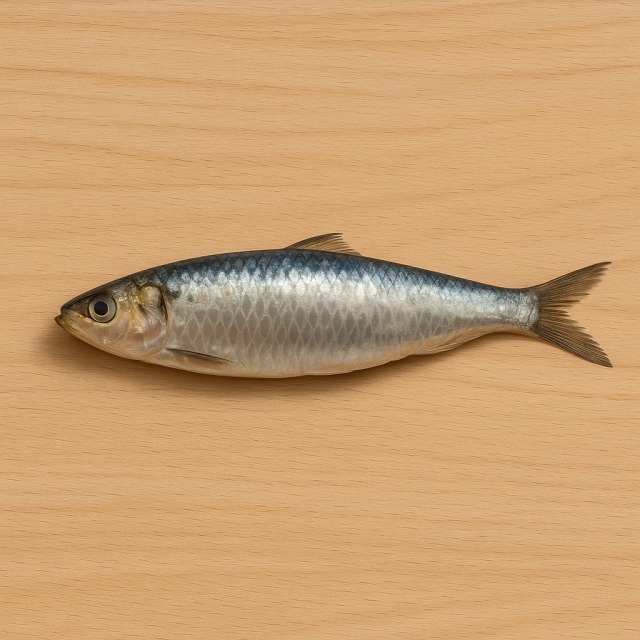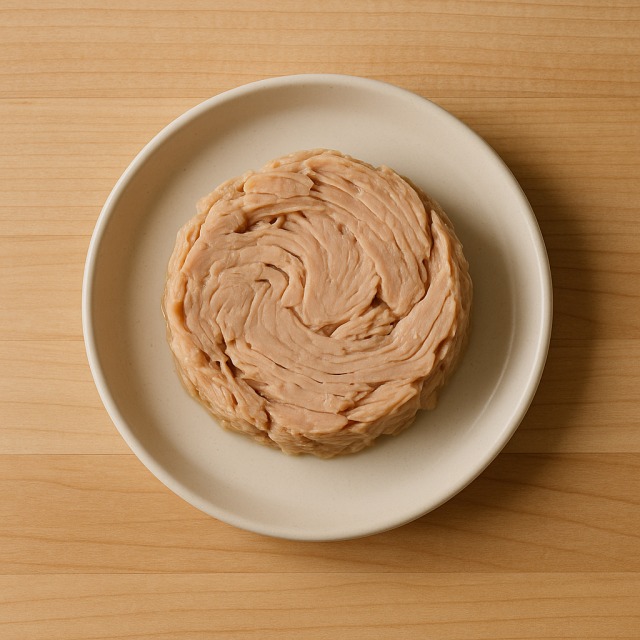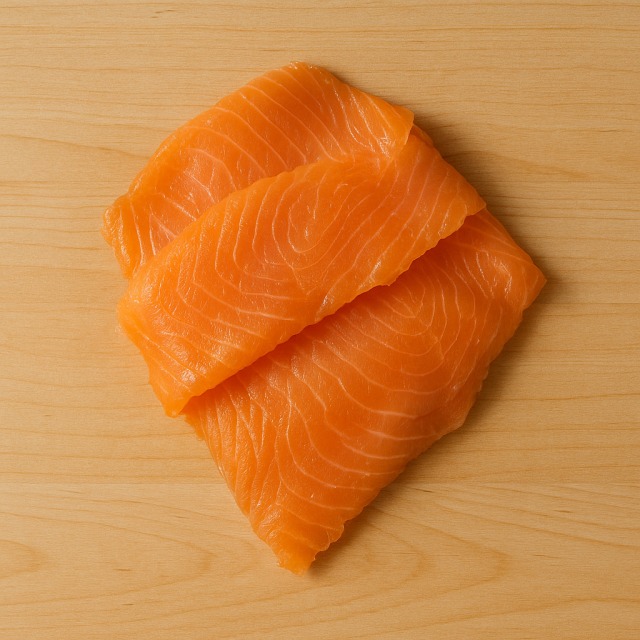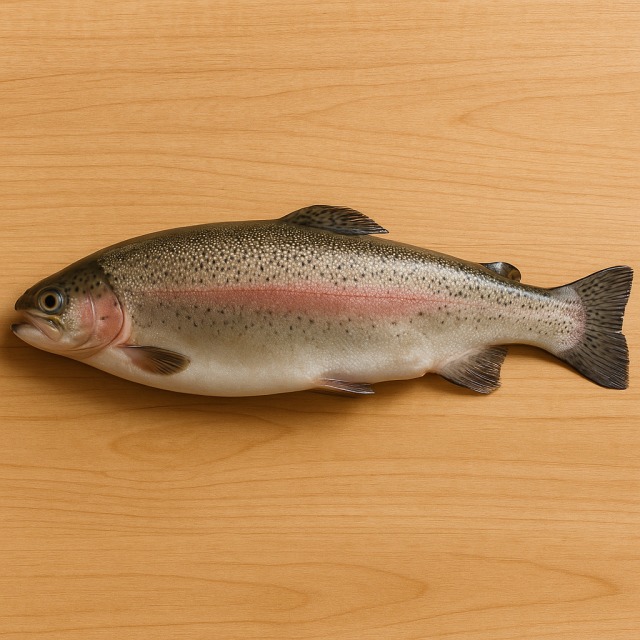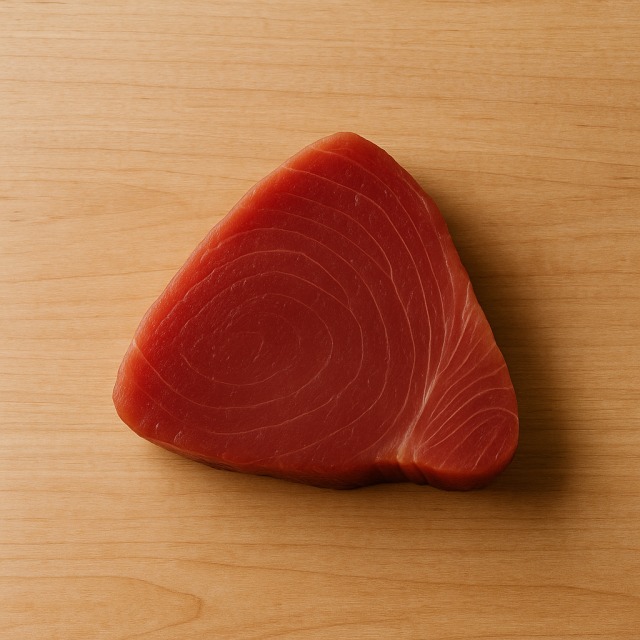Calorie Chart / Fish / Eel
How Many Calories Are in Eel?
Calculation of the nutritional value & Recommended Dietary Intake of eel
For g and a calorie requirement of kcal
| Calories 309 kcal | Proteins 30 g | Lipids 21 g | Carbohydrates 0 g |
| 15% | 40% | 31% | 0% |
Health benefits of eel
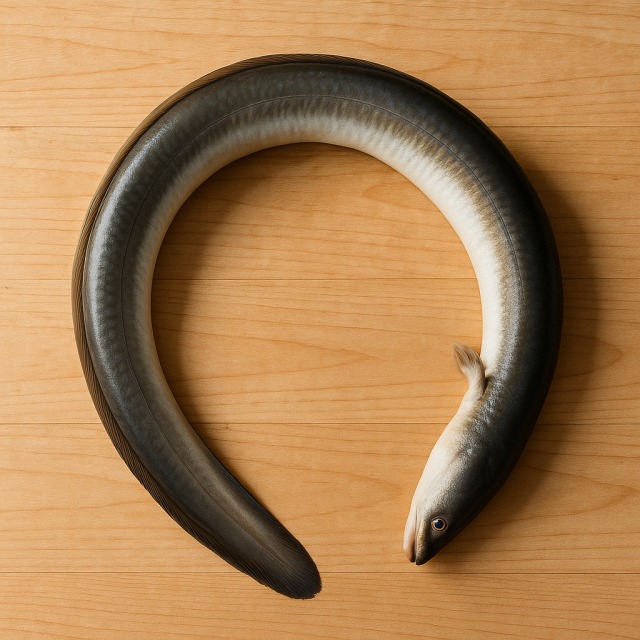
Eel - 100g
Calories 206 kcal
Proteins 20 g
Lipids 14 g
Carbohydrates 0 g
Eel is classed as a moderate-high calorie fish: its calories are divided between quality lipids and complete proteins, with virtually no carbohydrates. Because these calories come largely from monounsaturated fat and omega-3s (DHA and EPA), they are considered more favorable for cardiovascular health than calories supplied by saturated animal fat.
The flesh is particularly rich in vitamins A and D, making it beneficial when sun exposure is limited. Vitamin E acts as an antioxidant, while vitamin B12 supports red-blood-cell production. Among minerals, phosphorus, potassium, and selenium stand out. The combination of these micronutrients with a substantial supply of calories explains why eel has long been served to convalescents needing extra energy for recovery.
In Japan, the tradition of "Doyo no Ushi" involves eating grilled eel in midsummer to replenish calories expended by heat fatigue. Whether or not the supposed energizing effect is evidence-based, the custom underlines that eel offers dense calories in a relatively small portion, useful for people with reduced appetite.
Tips for incorporating eel into a balanced diet
Because eel already provides generous calories, favor cooking methods that do not add unnecessary calories: oven grilling or steaming instead of deep-frying. A classic unagi-don can be lightened by brushing the fish with a modest amount of soy sauce and serving it over a small bowl of rice alongside blanched broccoli. In this balanced plate, the vegetables add fiber without extra calories while the rice supplies slow carbohydrates to complement the protein and calories of the fish.
For a Mediterranean twist, marinate fillets in lemon juice and herbs, then grill and pair with a warm salad of quinoa, cherry tomatoes, and asparagus. The grain absorbs the sauce, keeping total calories in check and rounding out the amino-acid profile.
Fans of hearty dishes can make an eel ragout and spoon it over pumpkin purée. The natural sweetness of the vegetable balances the rich calories of the fish and reduces the urge to add butter or cream, keeping overall calories within a reasonable span while delivering comforting flavor.
Frequently Asked Questions
- How many calories are in eel?
- There are 206 kcal per 100 g.
- Is eel considered a fatty fish?
- Yes. Its moderate-high calorie content comes with about one-third of the calories supplied by unsaturated fats rich in omega-3s, comparable to salmon.
- Does removing the skin lower the calories?
- A portion without skin retains the same proteins but sheds a small amount of fat, trimming the calorie count slightly. However, most of the calories remain because the flesh itself is energy-dense.
- Which cooking method keeps calories lowest?
- Steaming, poaching, or dry grilling adds virtually no extra calories, while deep-frying or battering can double the calories of the final dish.
- Can eel fit into a weight-loss diet despite its calories?
- Yes—by limiting the portion to 80–100 g, emphasizing vegetables such as spinach, and avoiding calorie-rich sauces, you can enjoy its proteins and micronutrients without exceeding daily calorie needs.
- Are the calories in smoked eel different from fresh?
- Smoking removes water and concentrates nutrients, so smoked eel packs more calories per 100 g than fresh fillet.
Similar foods
Information provided by Calorie Menu may contain inaccuracies or errors. It cannot, under any circumstances, substitute medical advice or medication.
